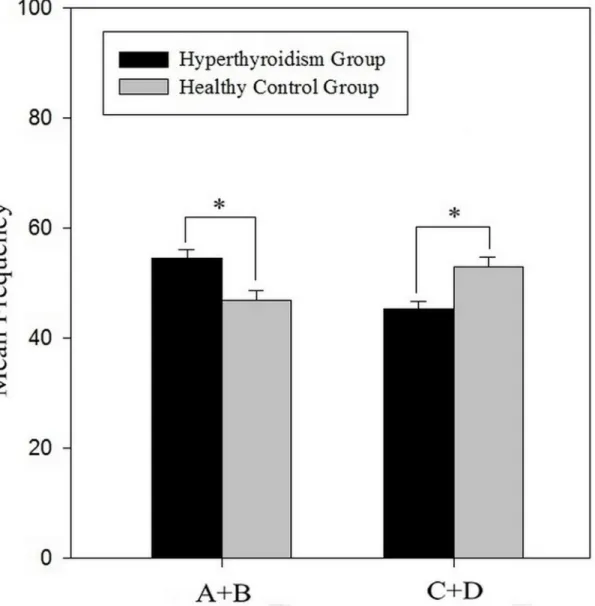Decision-Making in Patients with Hyperthyroidism: A Neuropsychological Study.
Texto
Imagem



Documentos relacionados
Methods: The study was done in Ponta Grossa with CKD patients, using Beck Depression and Anxiety Inventory (BDI and BAI) and the Hospital Anxiety and Depression Scale
One study showed that patients with poor performance in functional balance tests also had higher body sway and poorer reactive postural responses on posturography compared
he patients with hyperintensity signal in these regions had higher scores on the MSS, displayed global cognitive deicits (MMSE and DRS), changes in executive function (verbal luency
In fact, among 51 patients with SLE who presented with acute abdominal pain, the 19 patients with mesenteric vasculitis had a SLEDAI score higher than that of the other
In our study, the symptomatic patients exhibited higher serum concentrations of hsCRP, TNF-alpha and VEGF than the asymptomatic patients for the preoperative measurement and the
Our group detected that 33.9% of patients taking amiodarone had thyroid dysfunction (1.8 and 3.6% had clinical and subclinical hyperthyroidism, respectively, and 10.7
Patients without cirrhosis with sepsis had poorer performance on the Track Tests and Digit Symbol than the group without infection (39% of septic individuals had subclinical
Healthy volunteers and OCD patients did not dem- onstrate any correlations between social demographic, clinical features (anxiety and depressive symptoms), CPT-II results and